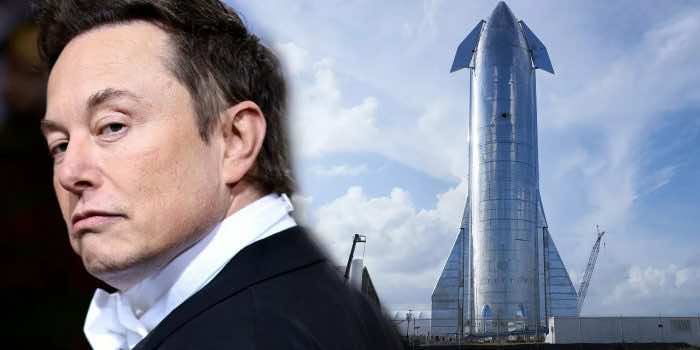Elon Musk, the CEO of Tesla and SpaceX, has recently made a statement on his Twitter asserting that SpaceX is seeking the formation of about 1000 starships in order to take one million people to Mars. The mission aims to support the existence of human life on Mars. While giving an interview to the TED reporter, Chris Anderson, Elon Musk declared that SpaceX would be able to achieve the target by 2050. However, this statement doesn’t seem to sit well with NASA’s intended plan, as it endeavors to launch this mission to Mars by 2030 or 2040.
The hefty starship consists of two parts, i.e., the booster and the starship spacecraft. The booster is 230 feet tall with “33 Raptor 2 engines.” On the other hand, the spacecraft is designed to be deployed on the upper deck with a booster and is 164 feet tall. As Musk stated in his tweet, “The plan is to build 1,000+ starships to transport life to Mars.” Basically, (very) modern Noah’s Arks.”

SpaceX is continuously making efforts to launch its inaugural flight to Mars, but it is always delayed due to the environmental regulations of the spacecraft imposed on it by the FAA. However, it has decided to somehow launch its spacecraft to Mars by this summer. Also, it is to be noted that SpaceX has recently celebrated the tenth anniversary of the accomplishment of its two-way mission to the International Space Station.
This mission, known as the “Dragon mission, COTS 2″, was an outstanding achievement of SpaceX, but most of the deadlines Musk gives for the space projects seem impracticable, as we have recently witnessed the unbalance between SpaceX’s and NASA’s timeline. Moreover, he further stated that by depositing $100,000 for the Starship ticket, “almost anyone” can go to Mars and experience life there.

Coupled with this, the target of sustaining life on Mars will not be simple. It comes with a lot of intricacies, the most important one being the Martian climate. Thus, looking at the upcoming challenges, the U.S. space agency has made a guideline map for NASA’s astronauts consisting of 50 achievable objectives that would assist them in achieving the mission smoothly. For these underlying reasons, NASA has adopted a course of action to first send scientists and trained engineers to Mars so that they can assess the threats there and delve deeper into the Martian surroundings.



